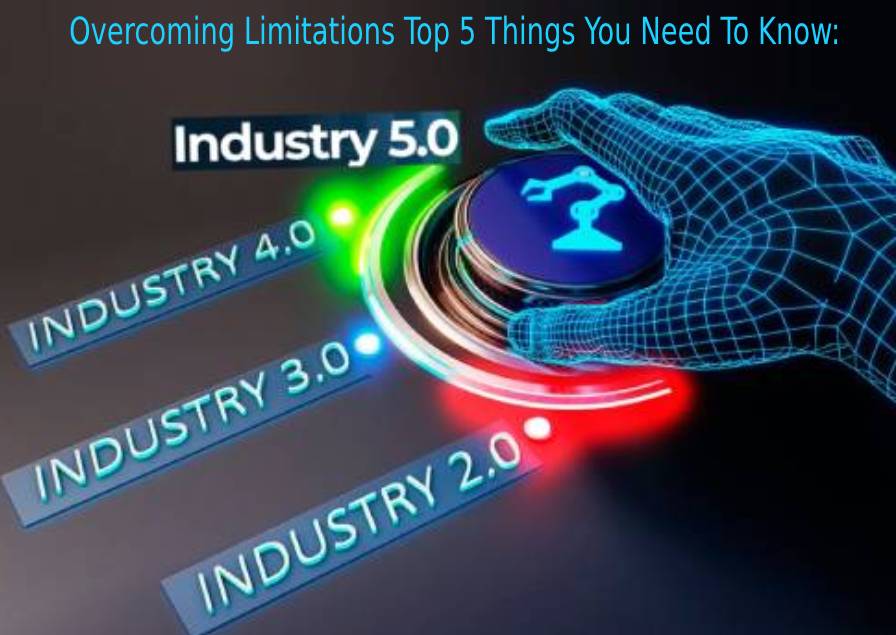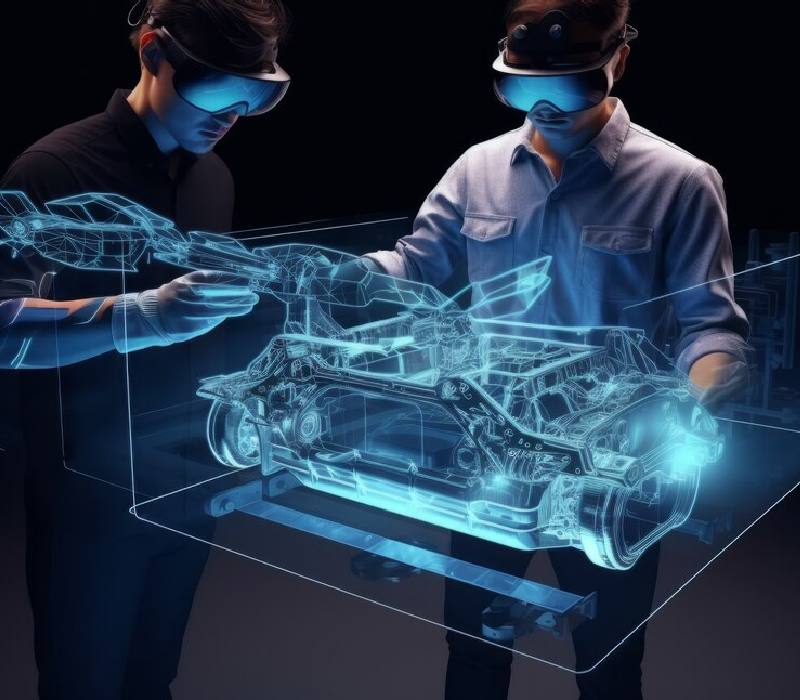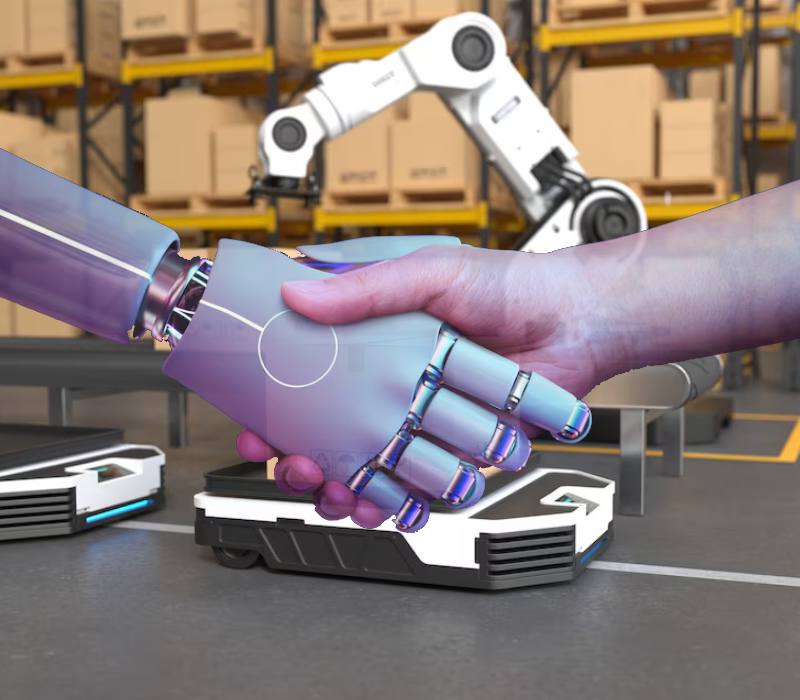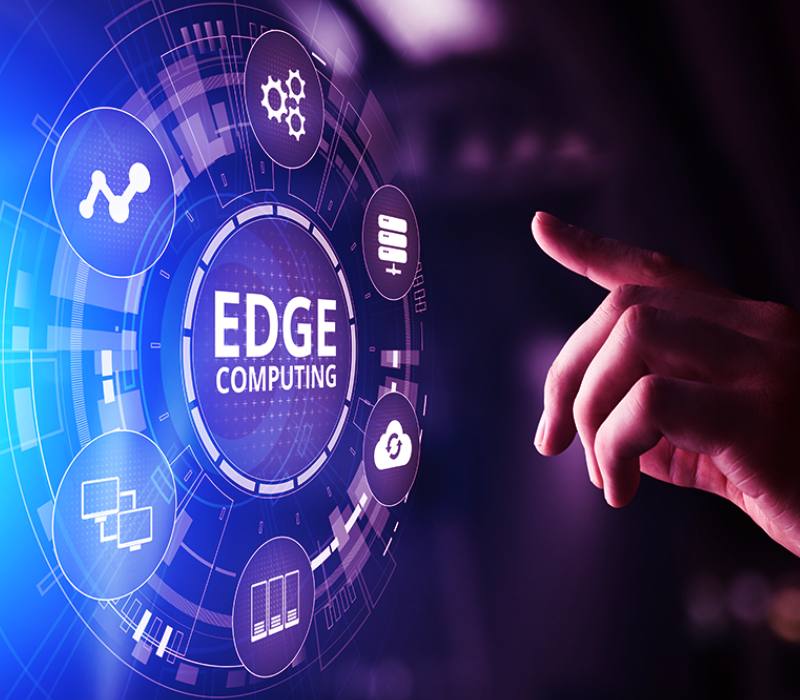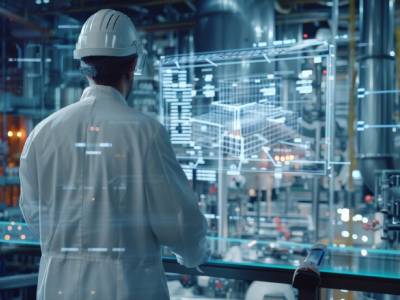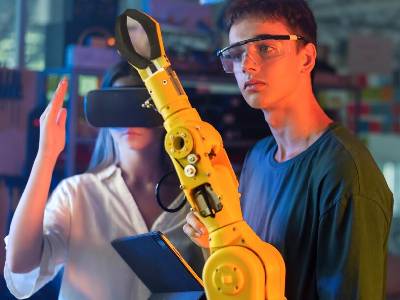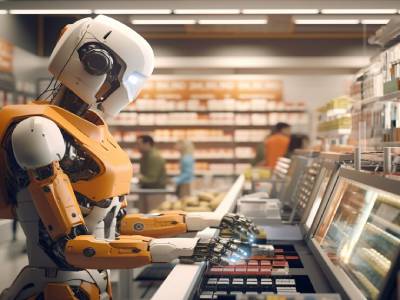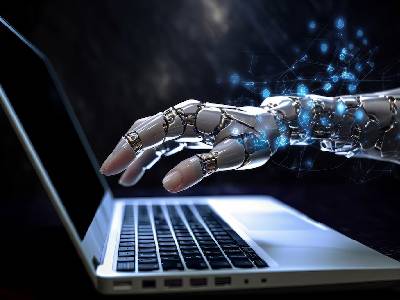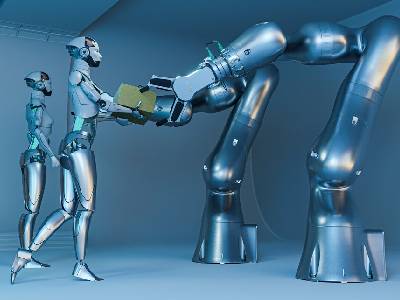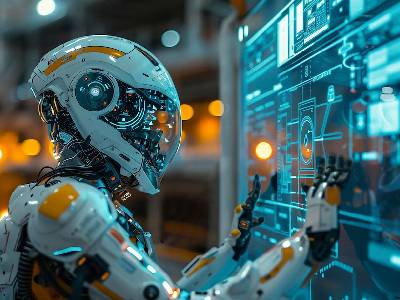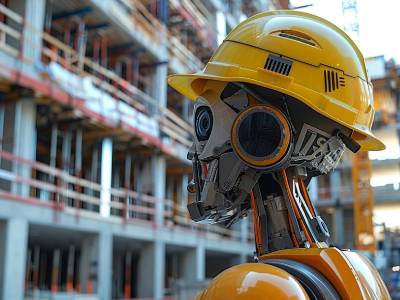Introduction to IoT-Enabled ERP
The Internet of Things (IoT) is a network of interconnected devices, sensors, and systems that communicate and exchange data over the internet. By integrating smart technology with real-world applications, IoT enables automation, real-time monitoring, and data-driven decision-making across various industries.

"We are currently conducting research in IoT and exploring its potential. Stay tuned—soon, we'll be back with a dynamic ERP "
IoT-enabled ERP solution that transforms the way businesses operate!
Get Updates !Digital Twin TechnologyCreates real-time virtual models of industrial systems for monitoring, simulation, and optimization.
Know MoreCollaborative IoTIntegrates smart wearables and AI-powered systems to enhance worker efficiency and safety.
Know MoreEdge-Enabled IoT Processes data locally for real-time decision-making, reducing latency and cloud dependency.
Know MoreSustainable Industrial IoTFocuses on energy efficiency, resource optimization, and eco-friendly operations.
Know MoreShift from Industry 4.0 to Industry 5.0
For the past decade, Industry 4.0 has revolutionized industries by integrating automation, IoT, and data-driven decision-making. While it has significantly improved productivity, efficiency, and connectivity, its limitations are becoming evident. Despite its advancements, Industry 4.0 heavily relies on automation, sometimes reducing human involvement and flexibility. Additionally, challenges like cybersecurity risks, high implementation costs, and limited adaptability in complex environments have emerged.
As Industry 5.0 reshapes the industrial landscape, stakeholders must take strategic, forward-thinking actions to maximize its benefits and address its challenges.Education & Workforce Development – Institutions should integrate AI, robotics, and data analytics into curricula while fostering creativity, problem-solving, and adaptability to prepare a versatile workforce.
Government Policies & Regulations – Policymakers must establish frameworks that encourage innovation while addressing ethical, legal, and cybersecurity concerns. Public-Private Partnerships – Collaboration between governments, industries, and academia can drive inclusive growth and technological advancement.

